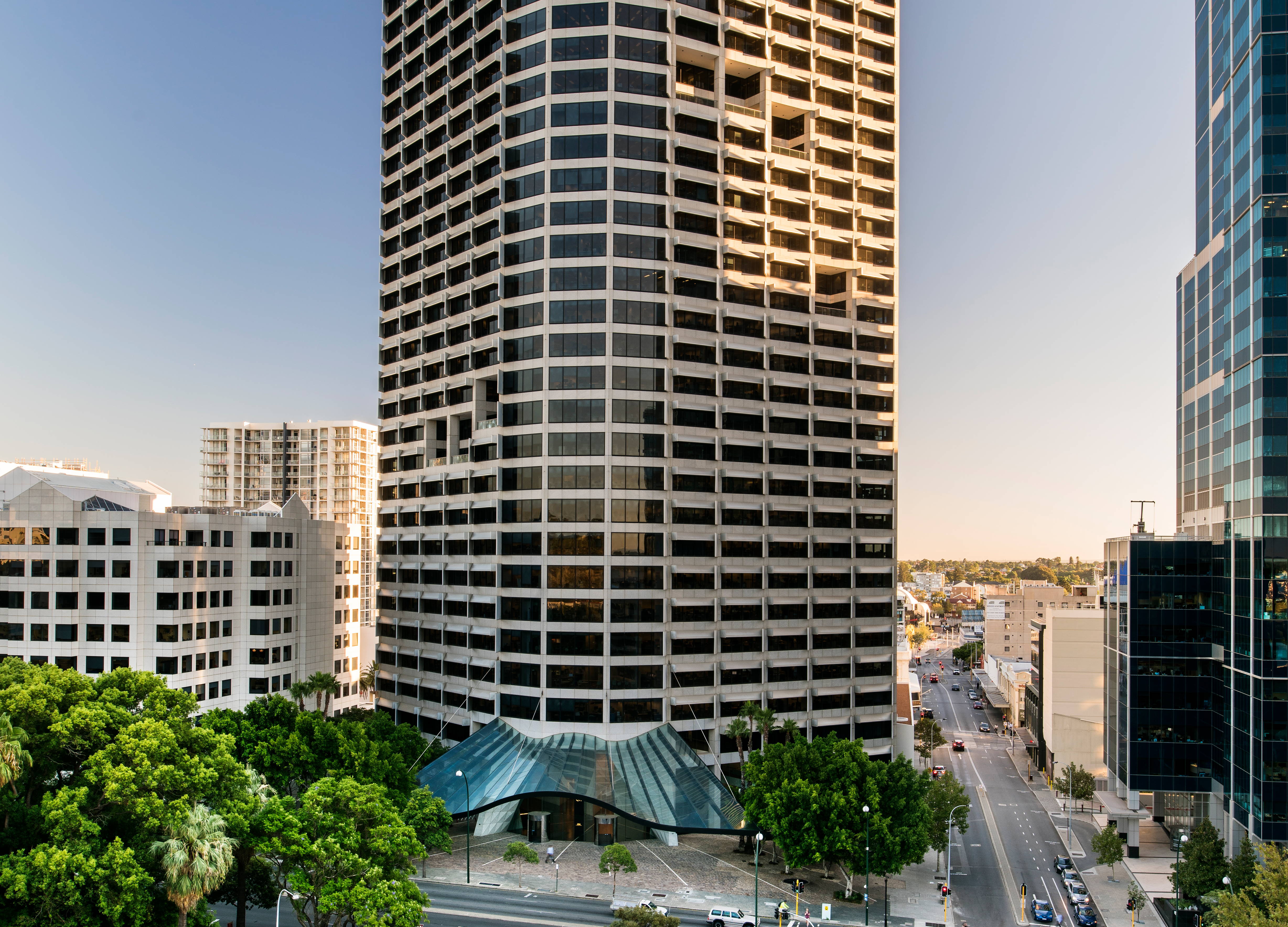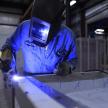
18th
QV1 Wins at 2022 RICS Awards
Perth’s QV1 office tower has been recognised for its ongoing sustainability improvements taking out the Sustainability Award in the 2022 RICS Awards.
The team at QV1 has risen to the challenge of upgrading the building’s sustainability performance by a significant margin. The acute challenge arises from the age of the building, the owners’ sustainability aspirations and time and budget constraints.
In a recent interview with the Fifth Estate, Building engineering manager, Joe D’Alessandro, discussed the focus on constant improvement.
"Refurbishment and ongoing improvements are essential," D’Alessandro said, "because the pace of change in sustainability is so fast. Buildings must continually improve to keep up."
“It has good bones, but if we don’t continually keep up we’ll be left behind,” he said.
“It’s a constant journey of reinvestment and upkeep of the asset, to maintain the premium asset and future proof it along the way.
“We are aligning upgrades and maintenance to support research and science, what’s proven to be working in the market, and how to be ahead of the game.”
The team at QED has collaborated with the facility management team at QV1 since 1999, and have supported with compliance monitoring of indoor air, potable water, cooling towers, slip resistance, waste and hazardous materials over that time.
QV1 is known to deliver a safe, compliant, reliable and resilient product and experience to the building’s occupants and visitors. The evidence of this being in the sustained high performance of the building, as reflected by the base building NABERS Energy, Water and Indoor Environment Ratings, which currently sit at 5.5 Star, 4.5 Star and 6 Star respectively.
Energy efficiency upgrades, and consistency of the onsite management team, consultants and contractors are also key to what makes everything run smoothly. QED Environmental Services has been monitoring air quality in the building for over 25 years, they’re pioneers in that space," D’Alessandro said.
Ongoing performance and fine-tuning isn’t a walk in the park. “Maintenance isn’t a tick and flick,” he says. The building has to align with performance standards, and there must be regular upgrades to BMS and energy efficiency and reporting packages. “Good data in is good data out.”
Strong outcomes have been achieved by the team’s approach, characterised by continuous improvement, innovation, project management (of capital investments) and professionalism in dealings with tenants, owners and suppliers. As a key supporter of the sustainability journey the QV1 team has taken, we have observed these wonderful characteristics at close quarters, and regard them as market leading.
The specific projects we have supported, and provide testimony for the performance of the QV1 team:
- NABERS indoor environment: continuous improvement by monitoring daily, weekly, monthly performance and constant adjustment of operational parameters saw the rating improve from 4.5 Stars in 2016 to 6 Stars in 2019, and this rating has been maintained since. Perhaps the most significant improvement was gained by regularly reviewing logs of the temperatures on the floors, and promptly rectifying issues as they are identified. Over the period 2016 to 2019, temperature compliance was raised from 90.8% to 97.7%.
- NABERS Waste rating: We began working with the QV1 team and cleaning contactor Dimeo in early 2021 to prepare a submission for a NABERS Base Building Waste Rating. Systems were implemented to ensure that waste measurement and data collection practices conformed to the requirements of the NABERS Waste protocol, with a view to submitting for a certified NABERS Base Building Waste Rating in August 2022, once 12 months of valid waste data is available. An audit of recycling contamination rates was performed in accordance with the NABERS Waste Rating Rules in November 2021. Contamination rates in all the recycling streams audited were found to be significantly lower than the standard contamination rates published by NABERS.
- WELL health and safety rating: meticulous management of the facility’s safety, compliance, and resilience over many years culminated in awarding of the WELL Health and Safety Rating in 2021, with 18 Features achieved, above the 15 minimum features required.
- WELL v2 building rating: continuing on the WELL journey, the team at QV1 has opted to pursue a WELL v2 building rating, which was submitted in May 2022. A Platinum rating is being targeted, with a projected total of 84 points. Multiple features were achieved through documentation of initiatives already in place at QV.1 for a number of years, including; the Community Garden, Tenant access to fitness and nature opportunities, and superior Indoor Environment.
- Façade air permeability performance improvement: Air permeability testing was conducted in 2020 for the top floor in the building, to identify air leakage and opportunities for energy and thermal comfort improvement. Significant air leakage was detected. We understand that façade repair works are currently being implemented.
Categories
Recent Posts
Trichloramine and Indoor Air Quality in Swimming Pools
05th Nov
For swimmers and pool workers alike, the characteristic "chlorine smell" at indoor swimming pools is part of the experience. Howev...
Indoor Air Quality Takes Centre Stage: A New Government Report on Airborne Virus Transmission
30th Sep
The importance of Indoor Air Quality (IAQ) has gained significant attention following the release of a groundbreaking report from Australia�...
Changes to the workplace exposure standard for welding fumes
15th Mar
On January 18, 2024, SafeWork Australia made a significant adjustment to the Workplace Exposure Standard (WES) for Welding Fume (not otherwi...

















